Know the types of substrates for plants II
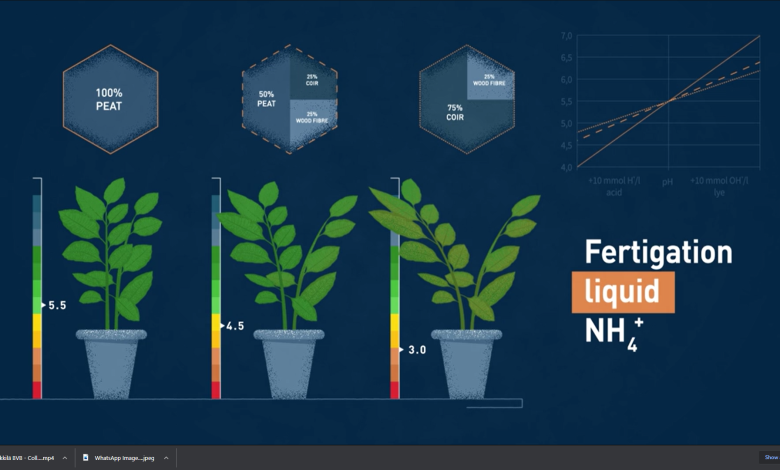
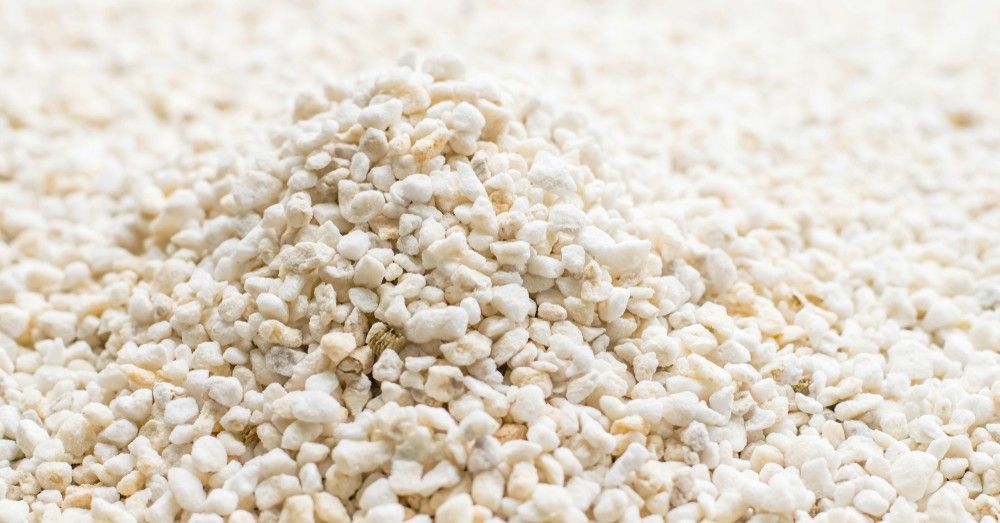
When talking about types of substrates for plants, we tend to automatically think of land. Some that, whether black or brown, are the first idea that comes to mind when talking about them. A completely logical thought. We associate substrate with what we see in the pots, or the planting places in the garden. With that firm in which the plants grow as they do in nature itself.
Added to this, we tend to think that the different types of substrate only have two functions. On the one hand, supporting the plants by helping them to grow upright and protecting their roots. On the other hand, it allows retaining the irrigation, the humidity or the nutrients that the plants need to grow correctly. Or, even, to act as stores for the fertilizers that we apply to enrich them, either in a diluted or solid form.
What if. It is clear that there are types of substrates that meet these fundamental questions. However, what is less known is that there are other types of substrates with very different purposes. Something that, make no mistake, does not detract from their merit. In fact, it is thanks to them that many of our plants can grow properly.
5 SINGULAR AND NECESSARY TYPES OF SUBSTRATES
If we recently saw some of the most common types of substrates for plants, today we want to discover those that are not. Those other substrates and amendments that also play a fundamental role in the development of plants and that often go unnoticed. Something logical if we take into account that they are usually part of the interior of the pot or, even, they are mixed with the substrate of the pot.
Many of these types of substrates have vital functions for our plants. Either to help drain or aerate, or to intensely nourish vegetables at a given moment. Due to its importance in gardening, it is worth learning a little more about how they can help us grow both our indoor plants and outdoor plants.
Let’s take a closer look at these types of substrates, which are as interesting as they are unique.
1. Perlite
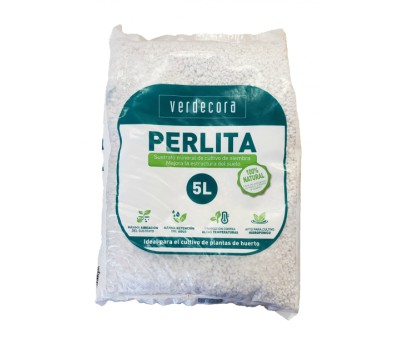
One of the most common types of substrates in gardening. Perlite is a crystal of natural origin with a great virtue: it contains 5% water inside. Added to this, it has an incredible capacity to retain water without losing its characteristic porosity. In addition, it facilitates the aeration of the land. An asset that we can play in favor of our plants, mixing it with the substrate that they need. And if it is useful in gardening, it is no less so in the orchard.
Fragile in appearance due to its shape, small white balls, it is actually super consistent. That is why it is resistant to erosion, something that makes it one of the ideal types of substrates to cover seedbeds. On the one hand, they will protect the crop from both the cold and high temperatures. And, on the other hand, and thanks to its high capacity to retain water, it will help us reduce the number of irrigations.
2. Clay balls
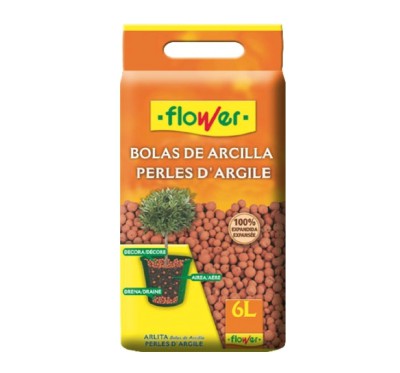
Although we usually see them as a decorative element, the truth is that this aggregate is the perfect ally to improve the drainage of a plant. Something fundamental when we have species that do not tolerate excess water. Its uses in gardening are very wide, and playing with its properties is one of the best ways to carry out our plants.
We can not only place them at the bottom of the pot to improve the evacuation of irrigation water. We can also use them to place a thin layer that separates the roots from the irrigation plate. A simple way to prevent them from being in contact with water, but using ambient humidity to hydrate. In addition, and if what we want is to improve the aeration of the roots, the ideal is to mix the clay balls with the substrate.
It is also common to see them on pots for decorative purposes. However, its usefulness goes far beyond this. Placing them like this allows you to create a mulch for the plants. A way to avoid dehydration of the substrate and to allow us to space out the irrigations.
3. Coconut fiber
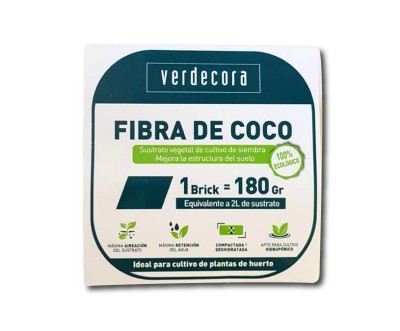
One of the types of substrates that has gained weight in recent years due to its many properties. Coming from the coconut palm or coco nucifera, it is capable of retaining nutrients and administering them progressively. Something great, especially if we get out of hand with the subscriptions. The same happens with irrigation water. Being a natural fiber, it soaks in and slowly releases water. Something that allows us to space the irrigation.
But if coconut fiber is essential for something, it is to facilitate the development of the roots. It not only facilitates its aeration but also helps its growth. And it is that it is capable of giving up or absorbing heat in a short time. Of course: for it to be effective, it is essential to mix it with other types of substrates. Coconut fiber, by itself, does not contain nutrients.
4. Volcanic clay
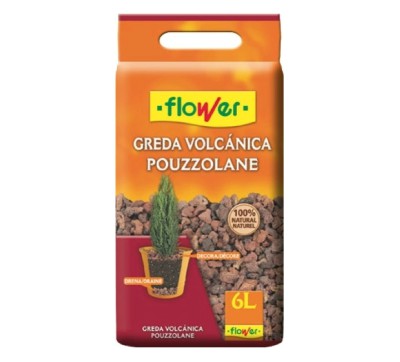
As its name suggests, volcanic clay are volcanic rocks. Although it is usually mainly for decorative purposes, it has many lesser-known virtues for gardening. On the one hand, it is an excellent drain if we use it at the base of pots or planters. If we mix it with the substrate, we will be improving the aeration of the roots.
Being extremely resistant, it helps to avoid sudden changes in temperature. Something that makes it a great help if we seek to mulch our plants with the arrival of the cold months. As if that were not enough, this gesture will help us with another vital task in the garden: eliminate weeds. Thanks to these types of substrates, they will not be able to grow.
5. Vermiculite
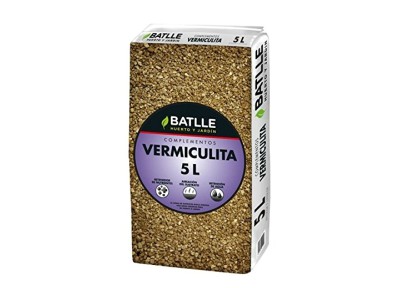
Also of mineral origin and similar to perlite, vermiculite has a greater capacity to absorb and retain water. And not only that: due to its morphology, it is perfect for retaining air. A detail that makes it one of the ideal types of substrates to protect plants from the cold. Added, its pH is neutral so it can be used with almost any type of plant.
Due to its benefits, mixed with any substrate we can use it. And, if it is interesting for planting since it helps retain nutrients, it is no less interesting for growing cacti, succulents and succulents. Another of its attractions is that it is extremely light.
Did you already know these types of substrates, which ones do you use with your plants? Tell us!

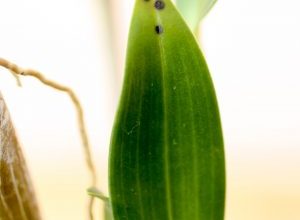
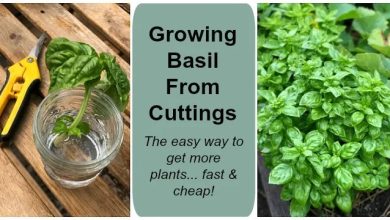
![Photo of Australia Climate: [Characteristics, Flora, Fauna and Adaptability]](https://www.complete-gardening.com/wp-content/uploads/2022/08/australia-climate-characteristics-flora-fauna-and-adaptability-390x220.jpg)
![Photo of Cucumber Diseases: [Characteristics, Types, Detection and Treatment]](https://www.complete-gardening.com/wp-content/uploads/2022/08/cucumber-diseases-characteristics-types-detection-and-treatment-390x220.jpg)